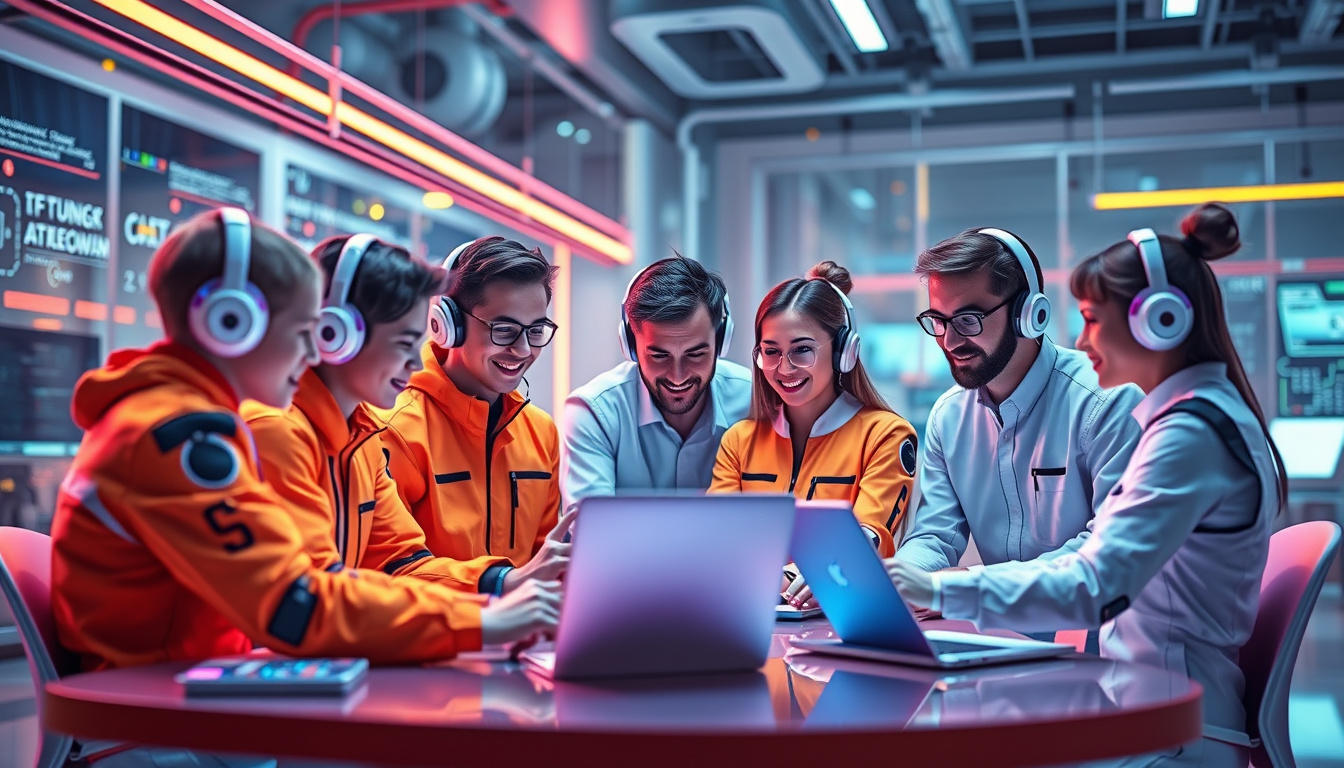Exploring the Future: Unleashing the Power of Simulation Environments for Innovation and Learning
Simulation environments exist as tools. They mimic real processes in a digital space. Virtual models let organizations try ideas in a safe space. Companies in telecom, robotics, and other groups test and learn without harm. This article explains what simulation environments are, where they work, and how they shape future learning and ideas.
What is a Simulation Environment?
A simulation environment is a computer space made to mirror life. It builds systems and events with fewer risks. Users test ideas in a safe zone. The links run tight between cause and effect. This approach gives clear feedback. Some points include:
- Risk-free testing: Users try risky ideas where no harm comes.
- Data-based planning: The space shows live input so choices come from clear facts.
- Fast prototyping: Quick tests let new ideas run fast before real work starts.
Distinction Between Simulation Environments and Digital Twins
A digital twin shows the live copy of a real asset. It runs with true data and live info. A simulation sets up a made-up scene. It plots what might come next. Both serve needs that differ. One works with real time; the other helps plan ahead.
Applications Across Industries
Simulation environments work in many fields. They form links from theory to action.

1. Telecommunications
In telecom, simulation aids tower and network work. Teams check tower shapes to host gear from many firms. Tests show where signals may clash and where fixes are needed:
- Co-location planning: Engineers shape towers to hold gear from more than one source.
- Interference analysis: Models point out spots where signals might mix badly.
- Regulatory tests: Virtual checks run new ideas against rule sets so projects move ahead.
2. Robotics
In robotics, simulation sets up tests for design and code. Groups build virtual robots and run them in the space:
- Validate algorithms: Codes get tested on bots in a spot that cuts risks.
- Safety checks: Trials in a virtual space reduce costs and keep teams safe.
3. Education and Training
Schools and colleges use simulation to build real-life tests. Students work in scenes that mimic real events:
- Hands-on learning: Simulated tests put students in clear, life-like acts.
- Skill training: Repeated runs in the space help skills stick well.
4. Product Development
In making products, simulation speeds up design and tests. Models show if a product will hold up when pressed:
- Fast prototyping: Ideas get tested online before a physical build.
- Stress testing: Virtual tests push products and show how they endure loads.
The Future of Simulation Environments
Tech grows fast. Simulation environments grow close to work steps. Smart codes and current data refine models. Predictions run with more detail. Companies that try these tools early may gain a clear edge.
Conclusion
Simulation environments change how teams fix problems, spark new ideas, and build skills. They give a safe, clear space for trying out plans. With the rise of digital work, simulation helps face tough tasks head on. In telecom, robotics, education, or product work, simulation stands ready to shape a bright future.
